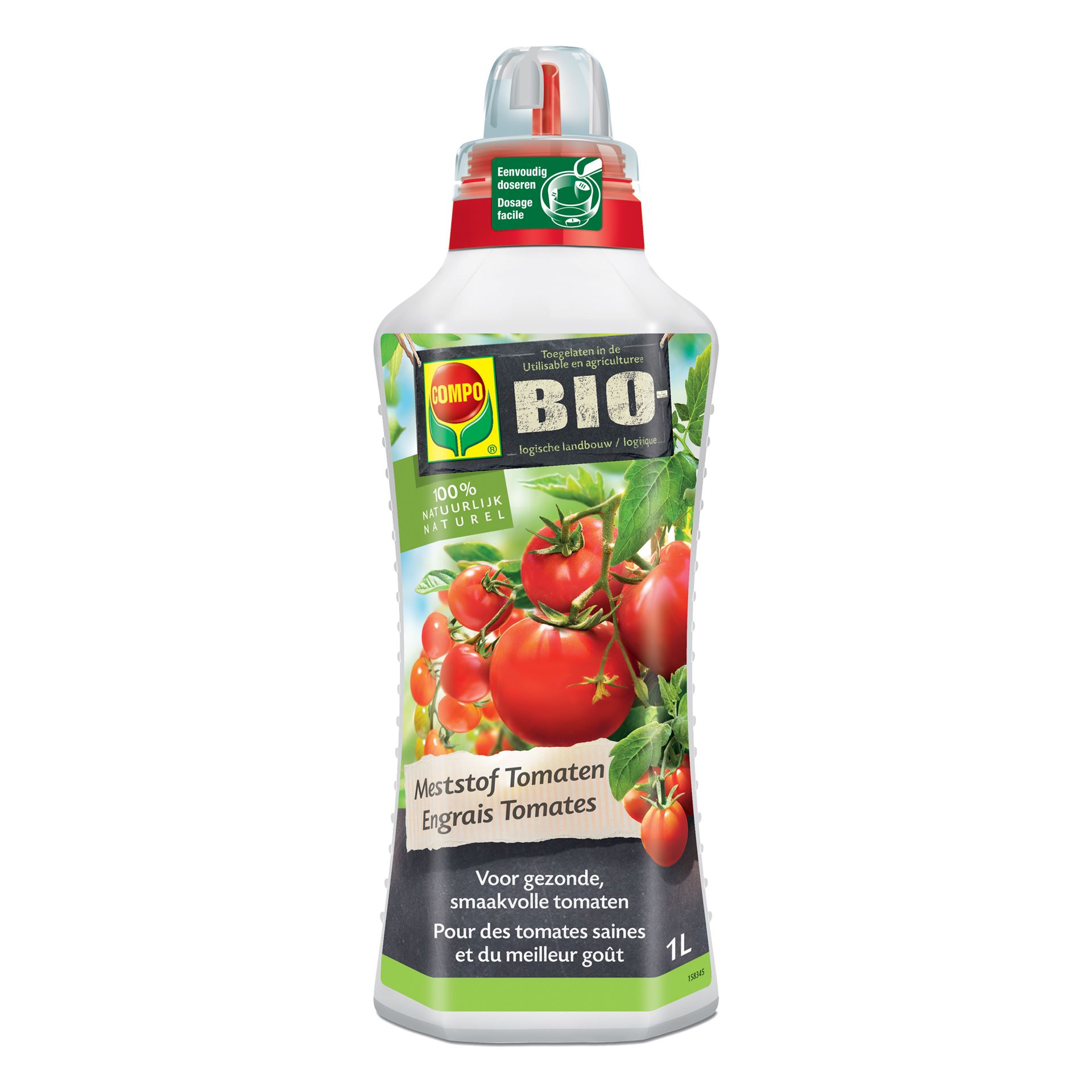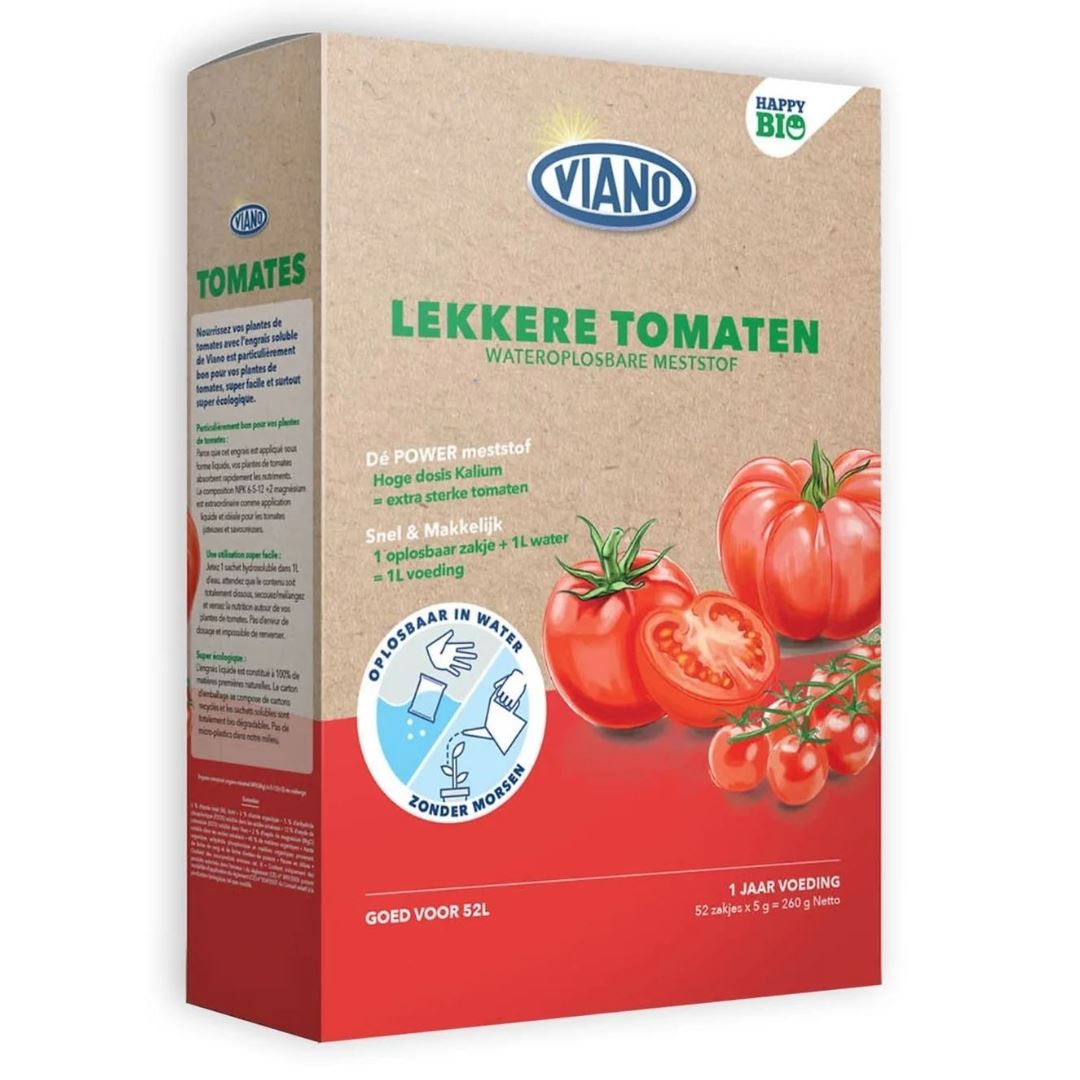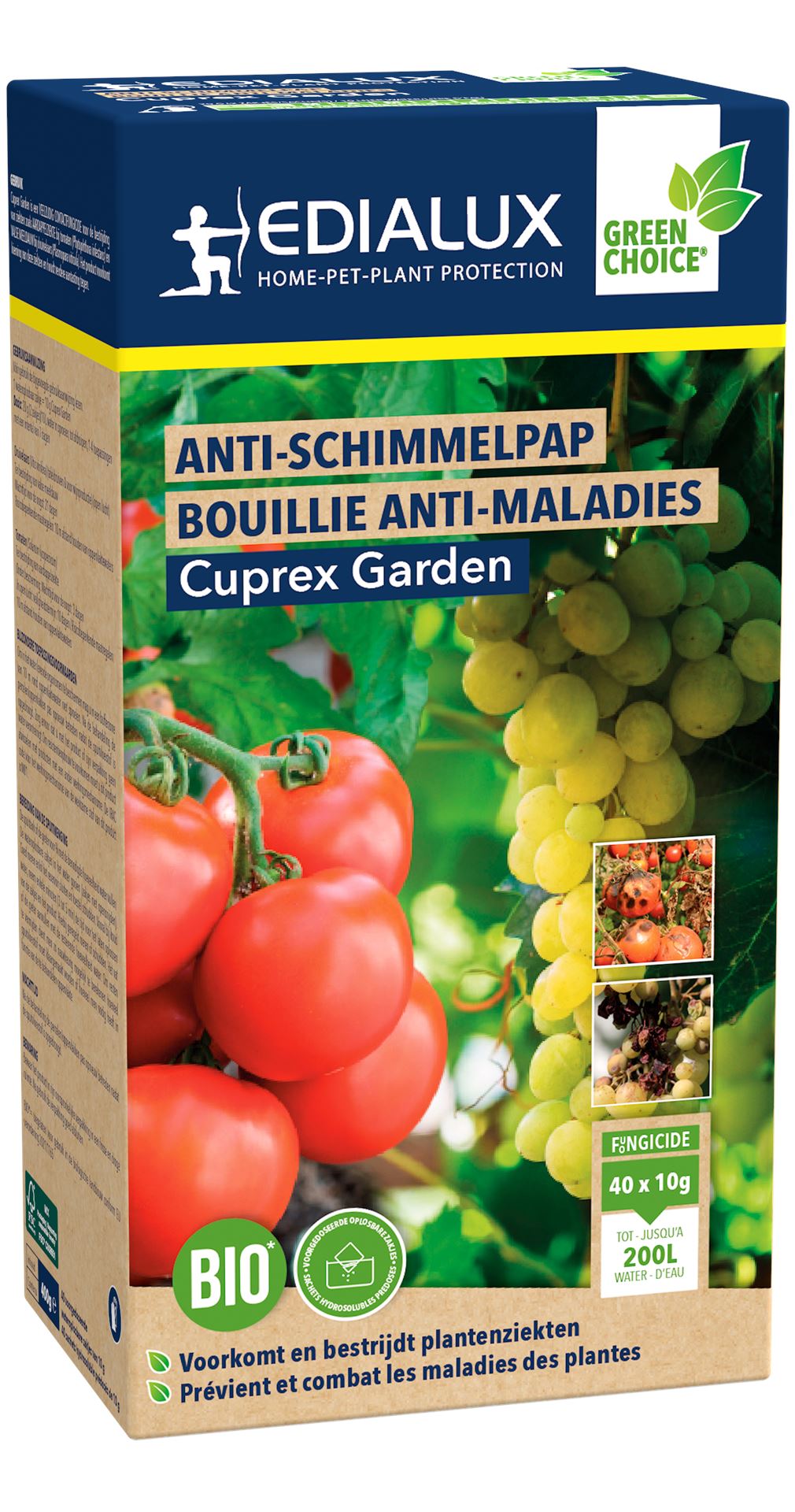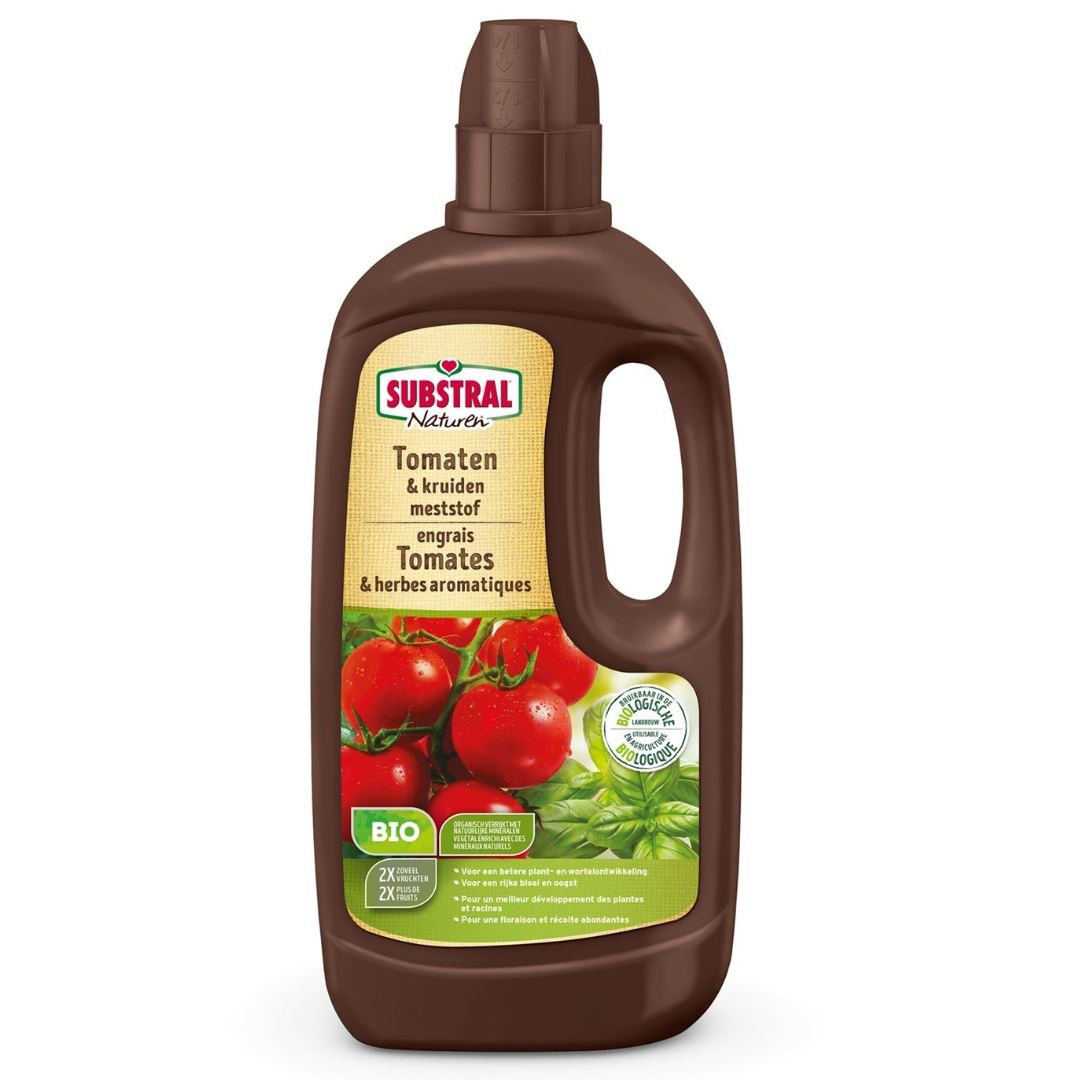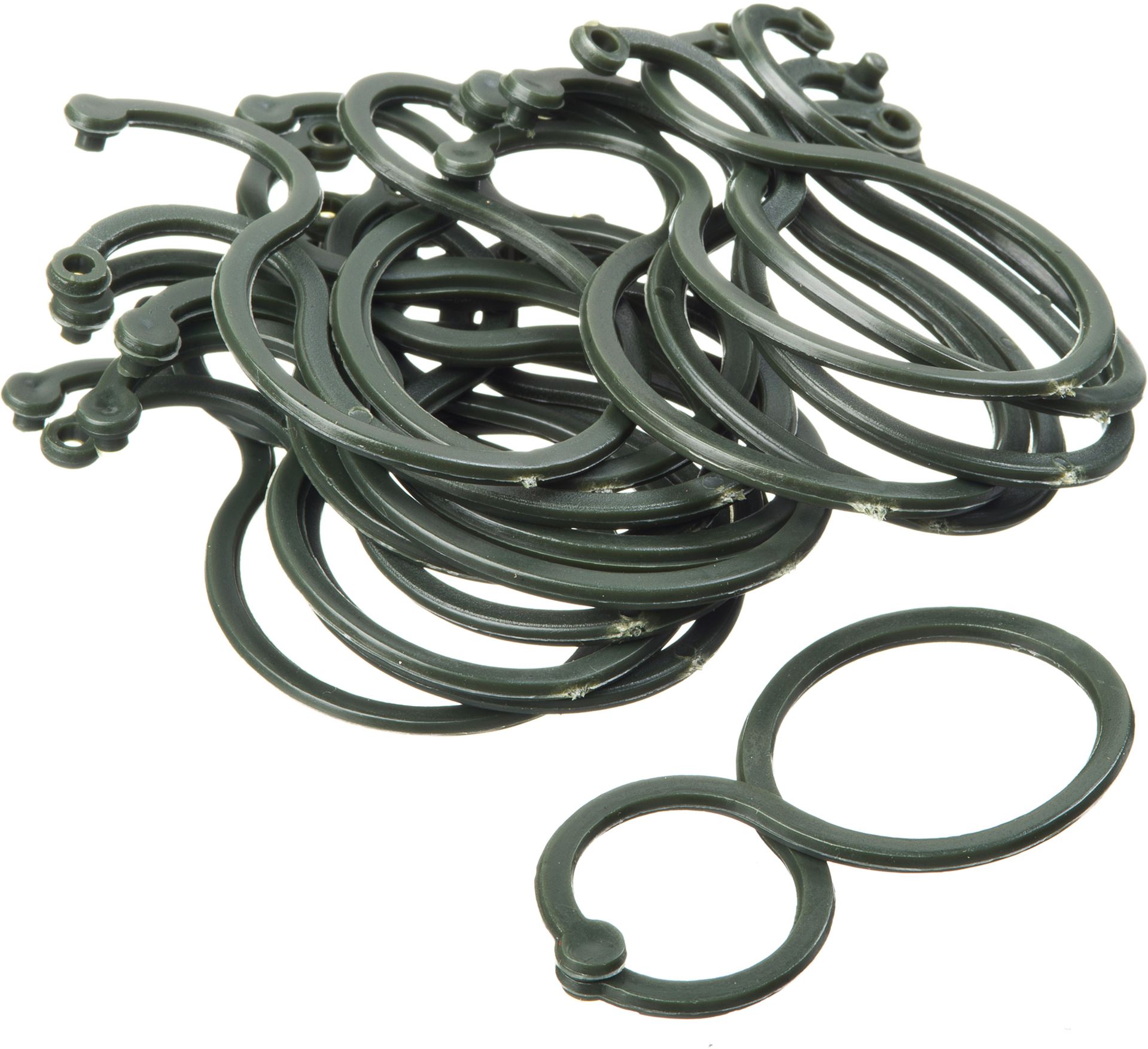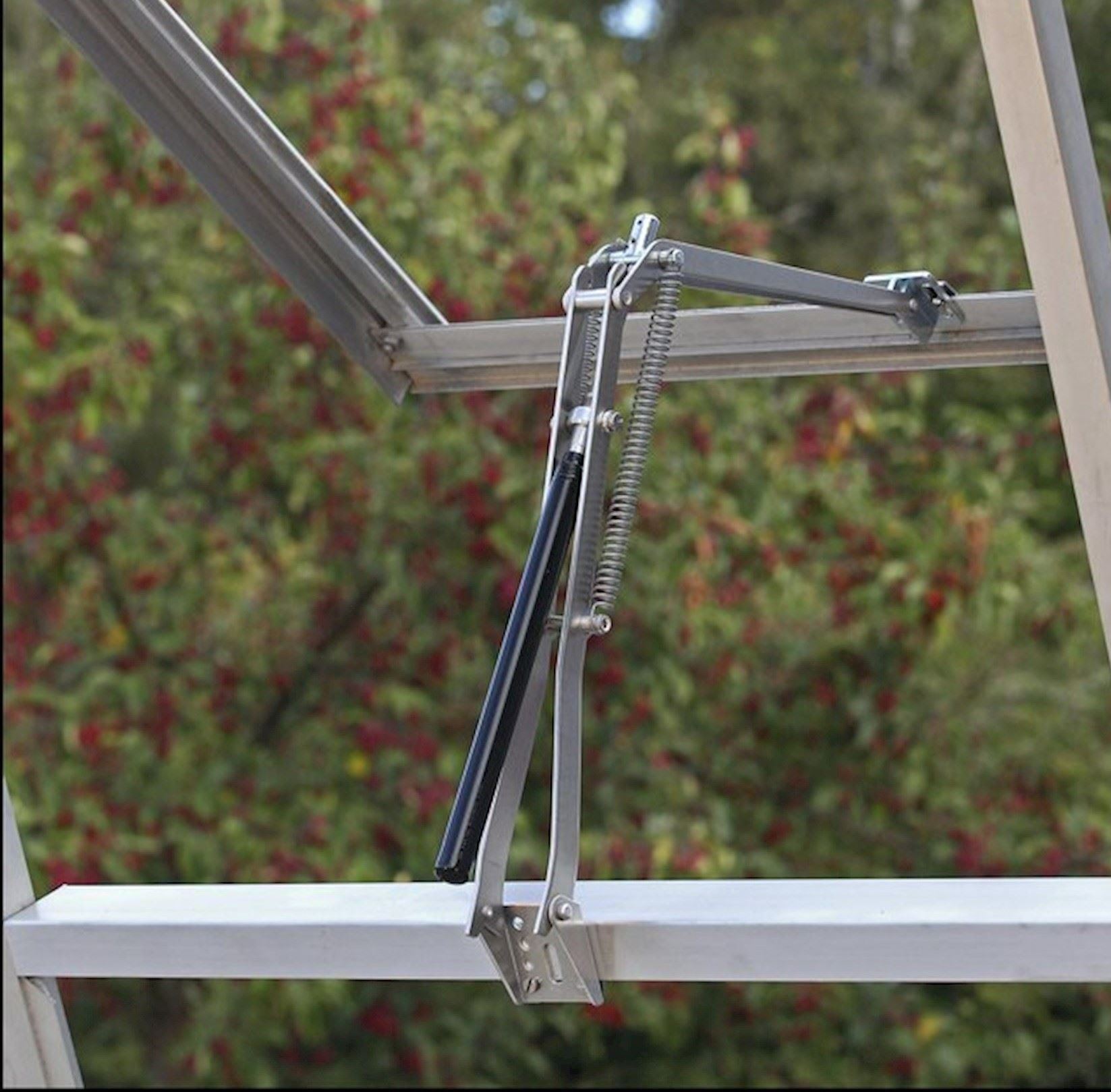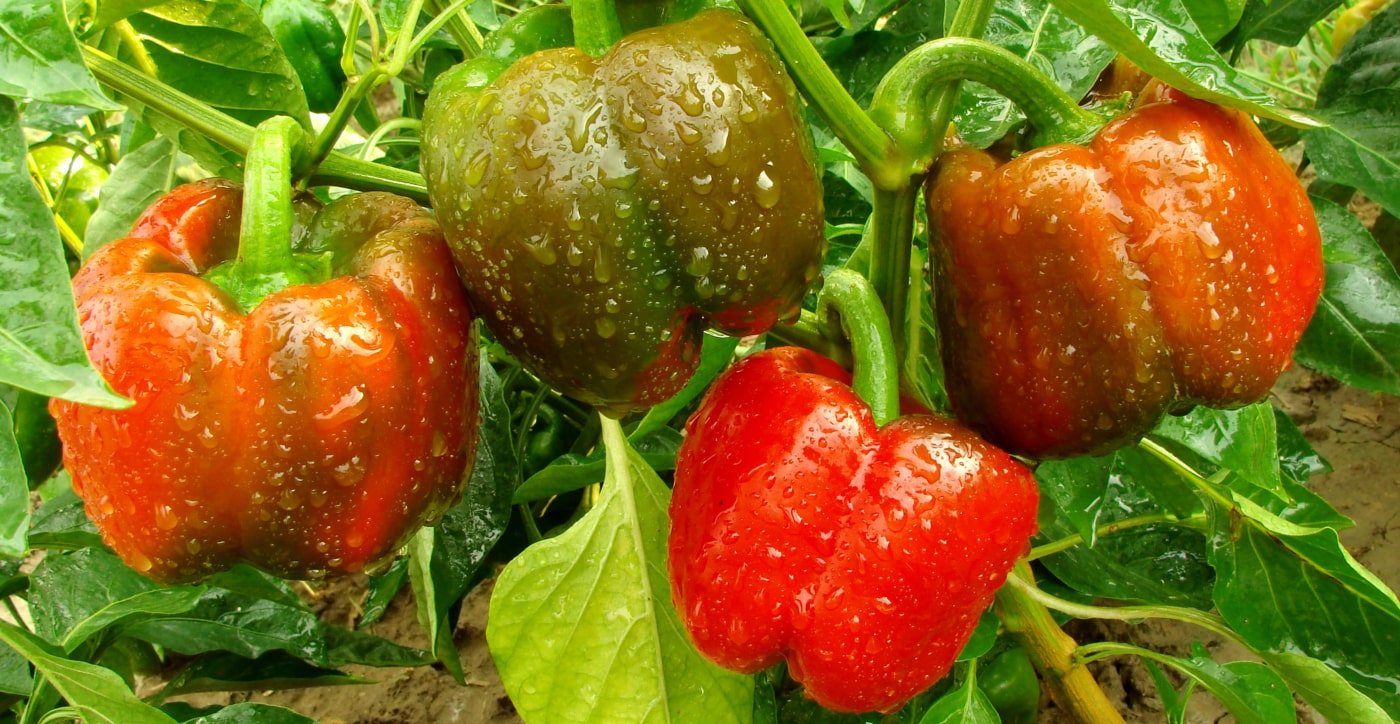
How do you remove the axillary shoots from tomato and pepper plants?
By removing axillary shoots we mean the removal of the sprouting axillary nodes. These axillary nodes grow between the stem and the leaf of the vegetable plant. The bigger the plant gets, the more axillary nodes will appear. If we allow these to grow, we create a tangle of branches and leaves which prevent the fruit from developing properly. A jungle of tomato bushes in the greenhouse is something to be avoided. This method is often used on tomato plants, but also proves its worth on other plants with large fruit such as the pepper plant.
Why remove axillary shoots?
Removing axillary shoots has several advantages:
1. The main reason is that we want to get as strong a main branch as possible that can carry a lot of peppers or tomatoes and provide the fruits with the necessary nutrients. Do we not do this? Then the plant puts its energy into forming leaves and branches instead of into the delicious peppers or tomatoes. Not thinning out the plant will result in smaller fruit (which will also ripen less).
2. In order to grow well, fruit-bearing plants need sufficient sunlight. If we do not deepen our veins, we will get more leaves which will shield the fruit from the sun. The fruit will not ripen sufficiently as a result.
3. If we do not thieve, the leaves and stems will grow together and you will get an untidy jungle. And just try to find your ripe tomatoes in that.
4. Finally, the more leaves there are, the greater the chance of fungal diseases such as tomato blight.
In practice
THE RULES: Large fruit (sweet pepper, large pepper) = remove axillary shoots. Small fruits (aperitif tomatoes, peppers, etc.) ripen faster and are allowed, but the axillary shoots must not be removed.
🍅 Large tomatoes
How?
Take the axillary shoot between your thumb and forefinger and gently bend it until it breaks. Do this with a gentle hand, so that you do not tear the thieves completely, as this will give fungus free rein. The small thorns at the top of the plant (upper top) are best left in place. If you remove these and damage the top of the plant, the growth of your tomato plant will be stopped.
Large axillary shoots or side stems can be cut off with a knife. Disinfect the blade before and after cutting the axillary buds so that you do not contaminate healthy plants with any fungi or diseases. Always cut from the bottom up and support the main branch so that it cannot break off.
As soon as the first bunches at the bottom of the plant are fully grown, you can remove the lower (often yellowed) leaves up to the stem. Above that, sufficient new leaves remain for photosynthesis. Pests and diseases strike first at the bottom of the plant. By removing the superfluous leaves, they have less room to hide and harm the plant unnoticed. Have your plants caught a disease or fungus? Then take a look at our Garden Pharmacy! 🚑
🍅 Grafted tomatoes
Grafted tomatoes have a very strong root system, and for large tomatoes you can choose to let 1 or 2 side stems grow sideways. This does mean that you need more space, and if you are working with tomato spirals, for example, you will need to place an extra spiral for each side branch.
Working with extra side stems for grafted tomatoes is certainly advisable if your greenhouse is not too high. The plant must be able to release all its energy somewhere and if it cannot grow any taller, it will otherwise exhibit excessive leaf growth.
🍅 Cherry tomatoes and other small fruit crops (e.g. peppers)
Here, the plant has to put much less energy into the fruit because they are much smaller. So here you can choose not to remove the axillary shoots.
The cherry tomatoes, contrary to the peppers, must be supported very well (otherwise they will break due to the fruit weight). That is why I choose to partly core the tomatoes. I then work with a maximum of 2 side branches/thorns which I let lead upwards and which also bear fruit. More side branches obstruct the overview. But this is a personal choice.
🌶️ Pepper
Mini peppers and sweet peppers are smaller and require less energy. It is not necessary to remove the axillary shoots.
Large sweet peppers do require a lot of energy from the plant to develop. It is certainly not compulsory, but in order to obtain large and attractive fruit it is best to proceed as follows:
- Remove the first flowers so that the plant can grow well before investing its energy in fruit development.
- If the pepper splits at the top, it can be topped or thinned out. This is usually just after the first flower (after +/- 6 leaves). The ""weakest"" top is cut off.
Professional growers leave 3 to 4 branches. However, these plants are planted quite early in heated greenhouses and grow up very controlled (humidity, fertilisation). The hobby gardener can only start planting later (especially if the plant is outside). It is therefore advisable to only work with 1 or 2 side branches. The first side branch is the one just below the first flower.

Tip from Marcel
Do you want a lot of fruit? Then harvest the sweet pepper green. The sooner you harvest, the sooner the plant can put its energy back into other fruits.
Tips on removing axillary shoots
- Small axillary shoots are easy to remove. So check your plants regularly, for example twice a week. Do you see some small axillary shoots appearing? Do not hesitate and deal with them immediately. The wounds you leave behind are still small and will heal quickly. If you wait longer and let nature take its course, the thorns will grow into real side branches. Removing these large stems is riskier, as they leave larger wounds that can weaken your plant. So it is better to avoid using the secateurs and take a walk through your vegetable garden more often.
- Wear gloves when removing axillary shoots from pepper plants to avoid irritation from the spicy pepper juice. Prefer to work with your bare hands? Then make sure that you do not rub your eyes after thinning but wash your hands thoroughly immediately. Otherwise, it can be a very burning and painful experience.
- Remove the first flowers and fruit from the sweet pepper and cucumber so that they can put their energy into further growth instead of the first fruit. This will give you a strong plant faster and much more fruit later on.
- As soon as the plant starts to bear fruit, you had better remove some leaves so that the fruit can enjoy the sun.
Read more about blushing tomatoes? 👇
More info? Receive all our gardening tips directly in your mailbox!
We'll only email you handy facts, green advice and our best promotions & discounts. You'll receive it about once a week and you can unsubscribe at any time. No spam, promise 🤞











